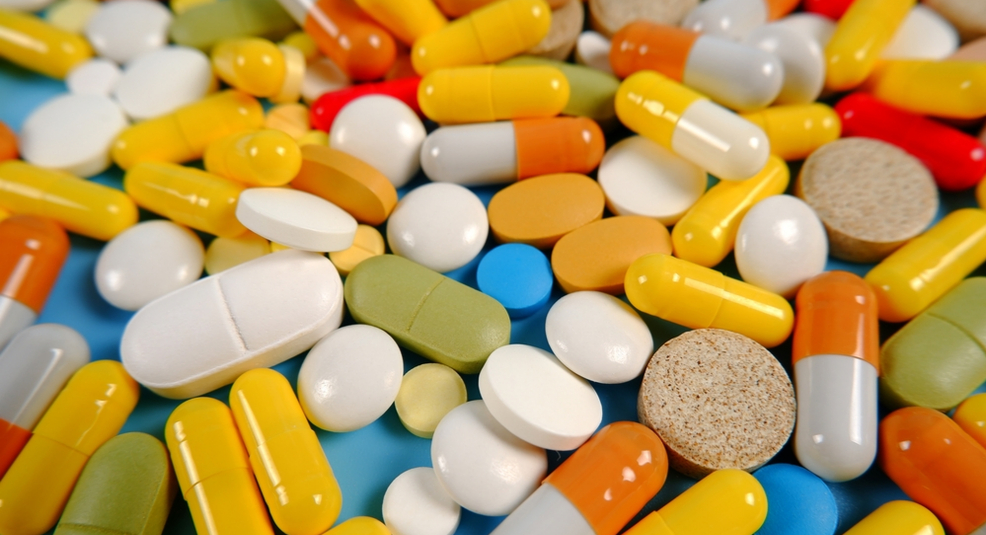Entheogens
Drug Classifications & Definitions
Some of the following images may be considered to be triggers for individuals actively undergoing addiction treatment and/or recovery. We promote a harm reduction approach through prefacing this section and endorsing the use of trigger warnings for subjectively offensive or impudent content presented herein.
There are important distinctions between drug classifications and sub-categories that are too often overlooked, misunderstood, and misconstrued. Below is a list of definitions of psychoactive substance classifications that psychedelic and hallucinogenic molecules fall under or may be associated with. By adopting a well-rounded understanding concerning these medicinal tools, an avant-garde approach concerning the future of society’s perspective on a “good or bad” drug can be adopted and related to the modern conversation of drug efficacy, proven benefits and the grey areas of how people should be allowed to utilize them.
Drug classifications contain a degree of overlap as opposed to a strictly hierarchical structure from a base molecule. This overlapping and interconnectedness of drug anatomy and effects can further be seen here. This can also be related to archaic views of mental acuities and the emerging concepts regarding their renewed archetypes concerning research findings and evidence of underlying foundational concepts in mental topography.
Substances
Substances refer to any any chemical compound that elicits an intoxicating, stimulating, entheogenic, psychedelic or otherwise psychoactive experience. For our intents and purposes these molecules are drugs which can be further clarified by their effects.
Psychoactive, Psychotropic, or Psychopharmaceutical Drugs
Psychoactive, Psychotropic, or Psychopharmaceutical drugs alter the central nervous system (CNS) perception, mood, consciousness, cognition, sensation or behavior. Psychoactive drug classes can be broken down to 4 main categories: Hallucinogens, CNS Stimulants, CNS Depressants and Antipsychotics.
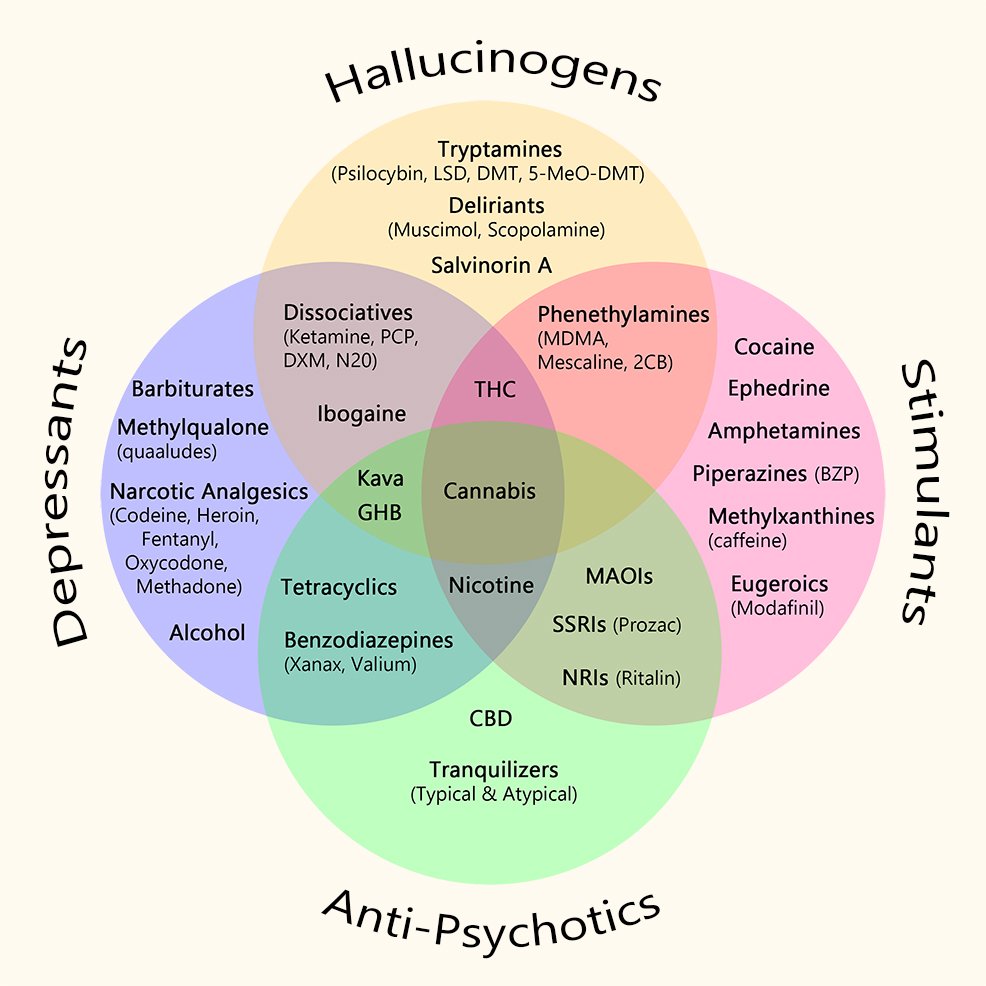
Hallucinogens
Hallucinogens, which contain the subgroup psychedelics, are psychoactive substances that alter one’s concept of reality while under the influence, including perception and mood. All hallucinogens are capable of causing auditory and/or visual hallucinations. They can be divided into two sub-categories: psychedelics (LSD, psilocybin mushrooms, mescaline, etc.) and dissociative drugs (ketamine, PCP, DXM, etc.).
-
-
Psychedelics
Psychedelics, (Psychedelia being the term derived from Ancient Greek– “psyche” meaning “soul” and “delom” meaning “to make visible, to reveal”, translating to “mind-manifesting”) are a major subset of hallucinogens, have psychoactive effects and alter one’s normal state of consciousness via serotonin 5-HT2A receptors. These can include changes in cognition, perception, feelings, and emotions, as well as possible auditory and/or visual hallucinations. Although all psychedelics are hallucinogens, not all hallucinogens are psychedelics. Some of the most common psychedelics include molecules from the tryptamine, phenethylamine and lysergamide families.
-
Entheogens
Entheogens (Entheogen being the term derived from Ancient Greek– “entheos” meaning “full of the god, inspired, possessed” and “genesthai” meaning “to come into being”, translating to “becoming divine or inspired within”) are psychoactive substances, typically of a plant, cacti, or fungal origin, used for religious, ritual, or spiritual purposes. They are typically found in nature, but they can also be synthetic chemicals.
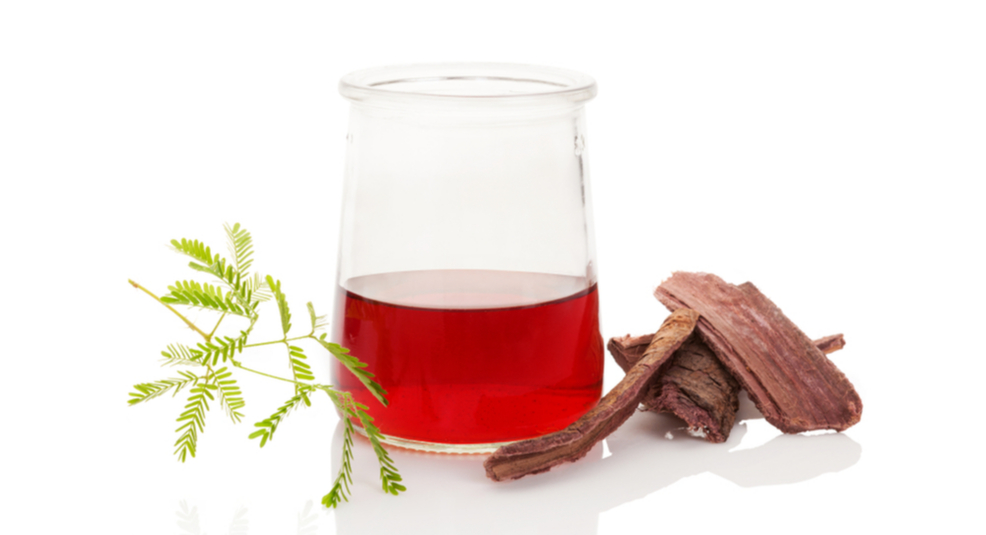
-
Tryptamines
Tryptamines are naturally occurring compounds defined by a double indole ring structure and side monoamine chain. Tryptamines include serotonin, melatonin, and tryptophan as well as hallucinogenic substances, such as the base compound DMT, and psilocybin (4-PO-DMT).
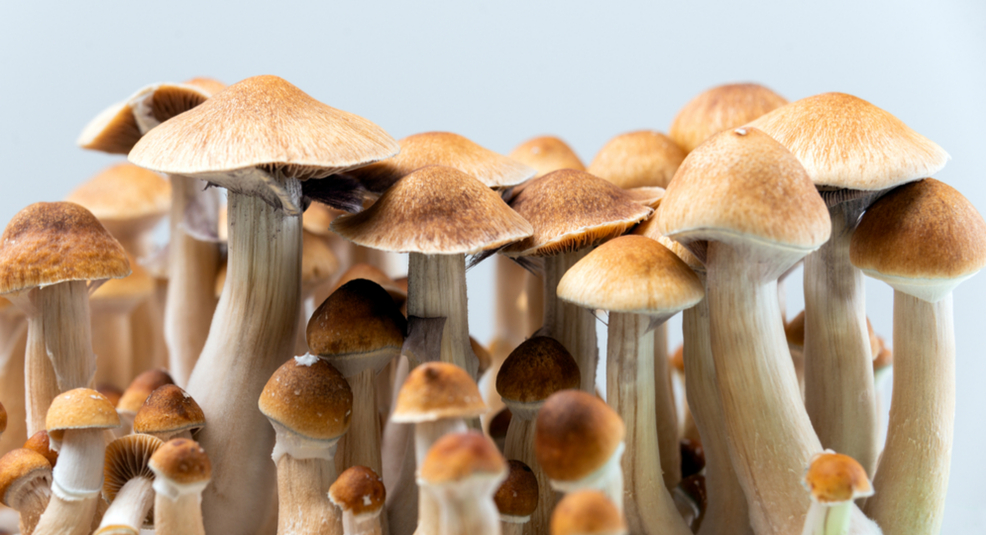
-
-
Phenethylamines
Phenethylamines are a class of naturally occurring compounds that consist of a single phenyl ring structure and monoamine side chain. Phenethylamines act as a central nervous system (CNS) stimulant and can be found in food, such as chocolate, and psychoactive substances, such as the base compound mescaline, as well as amphetamine, and MDMA.
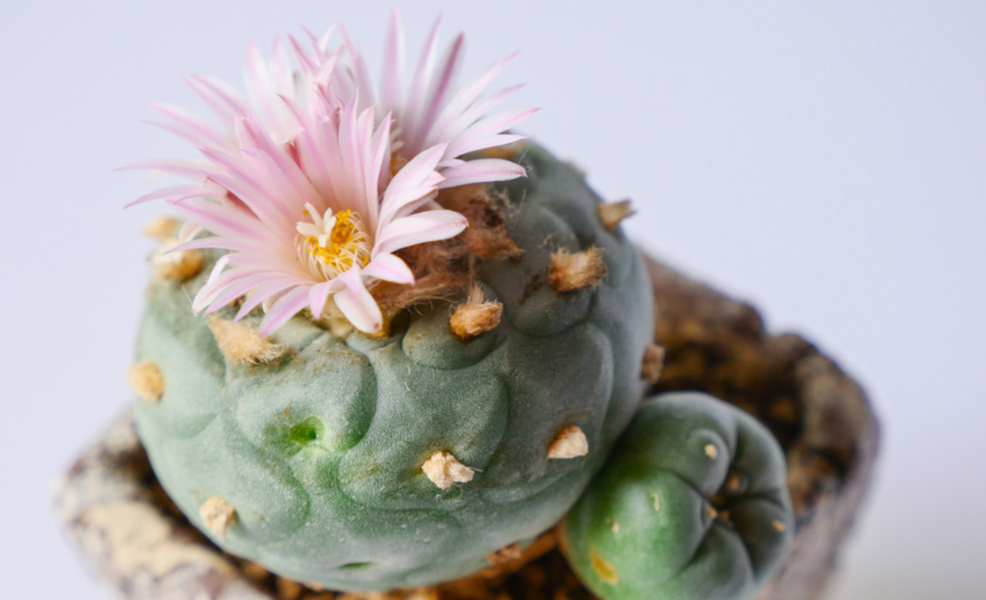
-
Lysergamides
Lysergamides are a class of synthetic drugs that incorporate the tryptamine structure. Whereas tryptamines are naturally occurring alkaloids, lysergamides, predominantly LSD, are semisynthetic in nature and have a key feature of stimulating central serotonin receptors and inhibiting peripheral nervous system (PNS) receptors. LSD is the prototypical lysergamide parent compound that other analogues are based on.
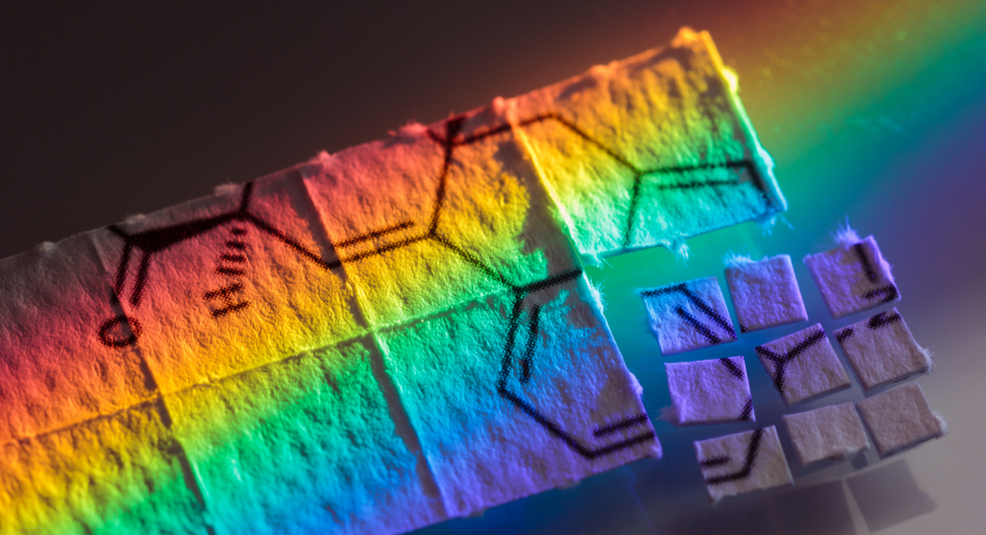
-
Cannabis
Cannabis contains the phytocannabinoids delta-9 tetrahydrocannabinol, or THC (the psychoactive molecule, respectively) and cannabidiol or CBD. Cannabis interacts with the endocannabinoid system (ECS) in almost all branches of the animal kingdom and is the only known source of these substances.
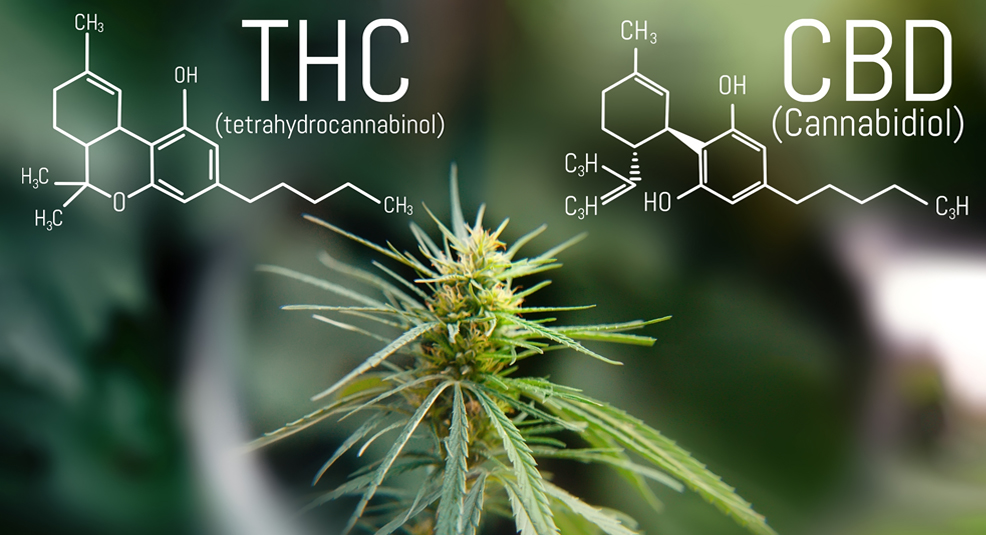
-
Dissociative anesthetics
Dissociative anesthetics, the second major subset of hallucinogens, disconnect or dissociate the brain’s perception of pain, environment, and self by reducing signals from the CNS to the conscious mind. Dissociatives typically produce depressant effects (hypoventilation, memory impairment, sedation, etc.). The substances commonly associated with dissociative anesthetics are ketamine, esketamine and PCP.
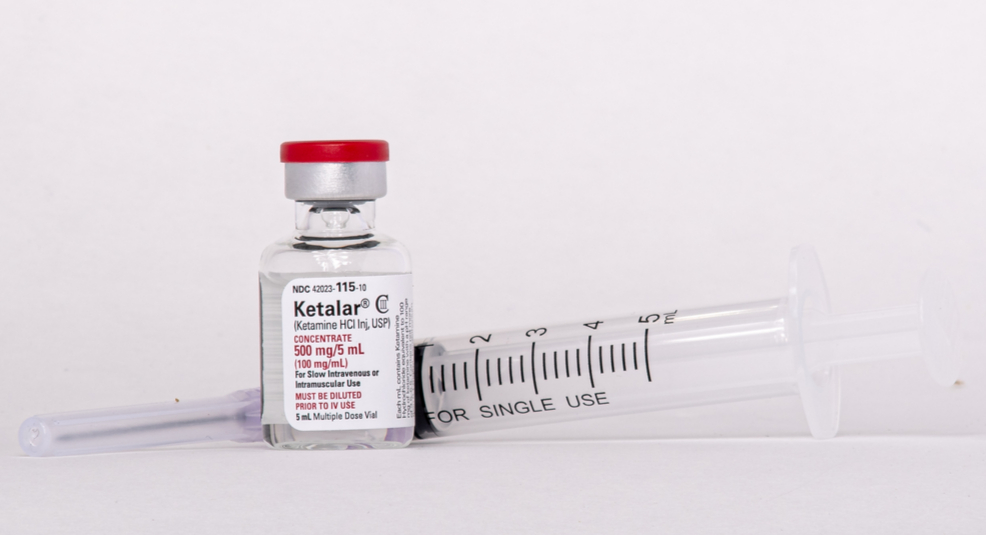
-
Deliriants
Deliriants are a class of hallucinogens which are unique because of the fact that they offer true waking-life hallucinations which present themselves as realistic dreams or delusions. Deliriants work because of their anticholinergic antagonism of acetylcholine (ACh) receptors which when distorted will alter delirium, sedation, tachycardia, and create intensely-realistic hallucinations. This manipulation of ACh is also hypothesized to lead to time and reality distortions concerning psychedelic experiences and memory integration issues, especially in tryptamines. Examples of deliriants include Datura stramonium, DPH, and myristicin.
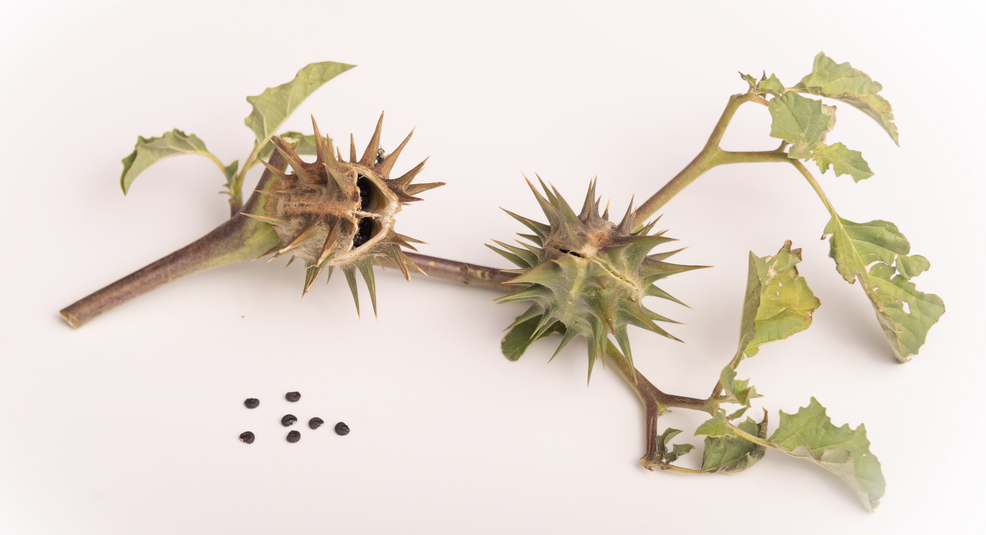
CNS stimulants (uppers)
CNS stimulants (uppers) increase heart rate and elevate blood pressure with heightened alertness, energy, and mood. These stimulants include cocaine, amphetamines, and methamphetamines, such as MDMA.
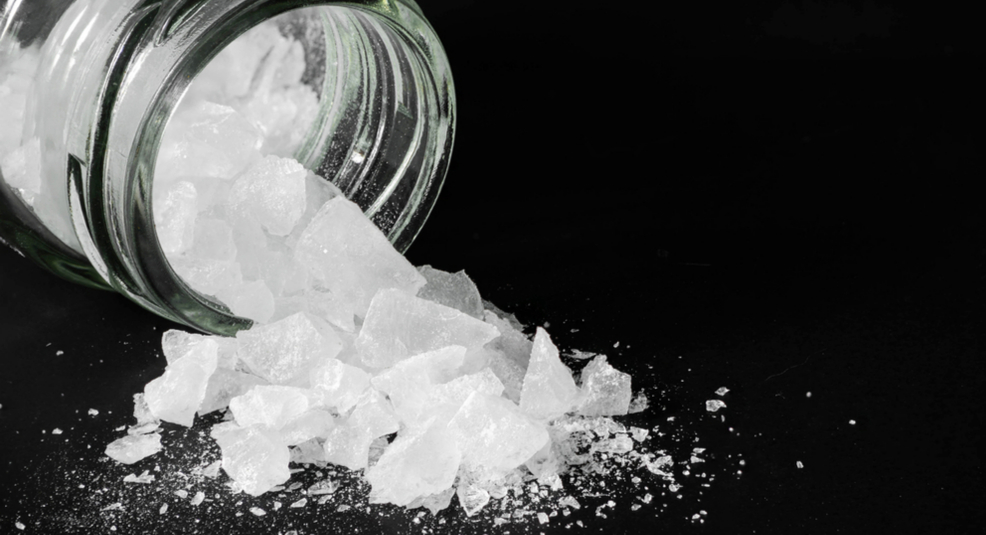
CNS depressants (downers)
CNS depressants (downers) slow down the brain and muscles of the body. The substances associated with CNS depressants include alcohol, barbiturates, and anti-anxiety medication, such as Xanax and Prozac.

Narcotic Analgesics (opioids)
Narcotic Analgesics (opioids) interact with opioid receptors on nerve cells in the brain and body. They are typically used as pain relievers and produce a state of euphoria. Opioids include heroin, fentanyl, and oxycodone.
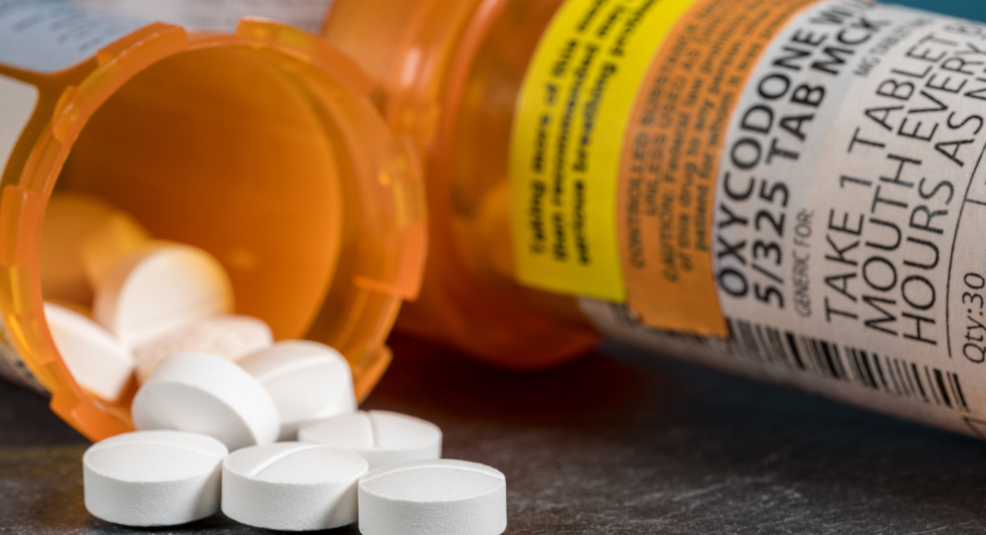
Antipsychotics
Antipsychotics are a class of psychotropic medication aimed at treating schizophrenia, bipolar disorder, depression, and Alzheimer’s disease. These drugs are commonly called antidepressants and include SSRI and MAOI drugs. SSRIs in conjunction with psychedelic drugs will block the desired receptors of interest, usually rendering the drugs unable to affect the user. MAOIs block enzymes which are responsible for metabolizing psychedelic compounds and mitigating their effects, and their influence can contribute to unintended intensity and duration of the experience. It is recommended that these drugs are not taken in conjunction with substances that invoke psychedelic experiences without proper medical counsel.
